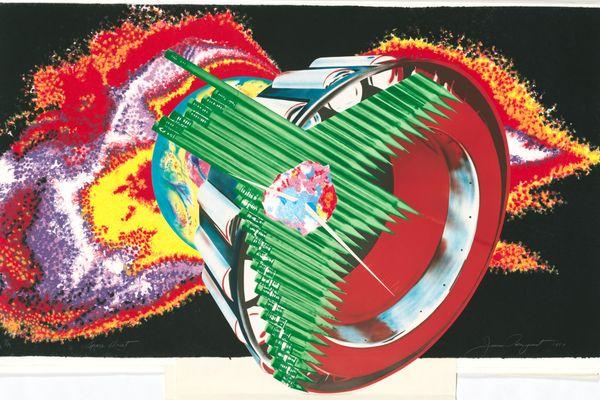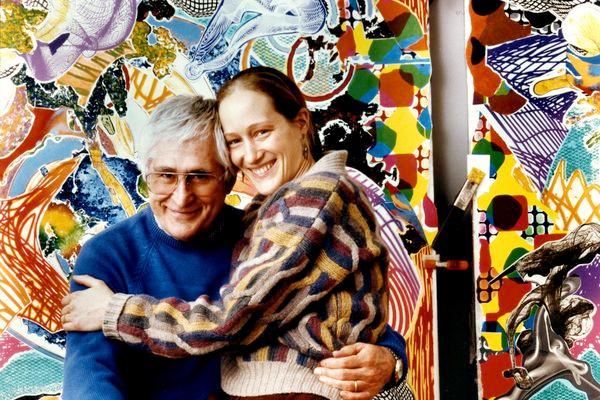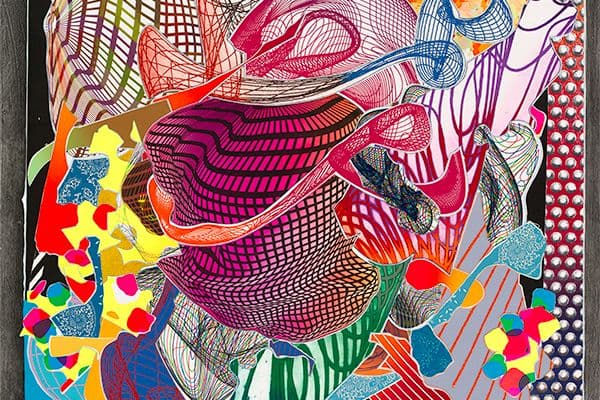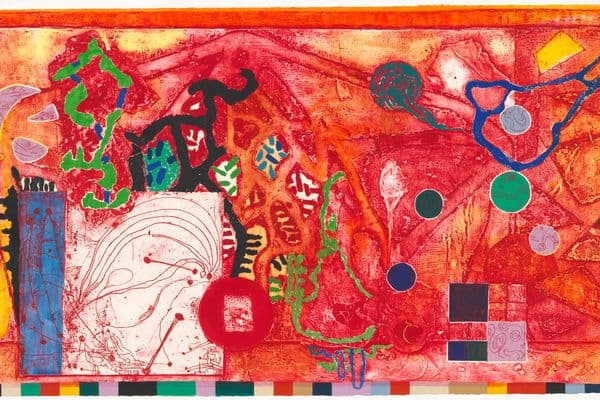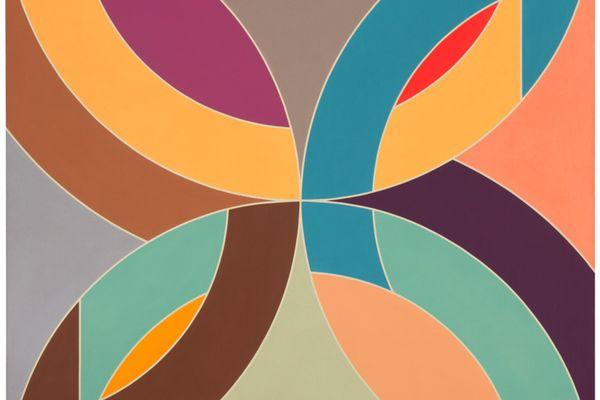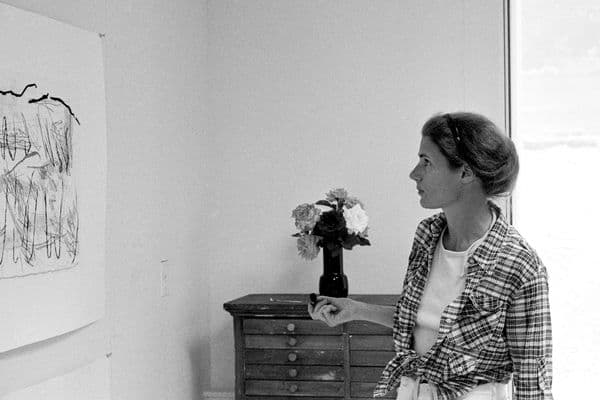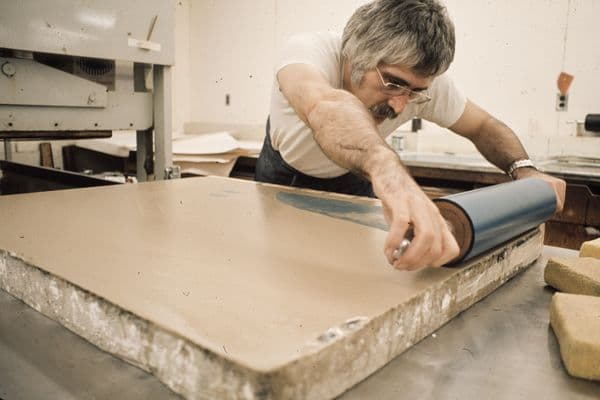Ed Giobbi

Ed Giobbi in front of the 'Dried Flowers' series, Tyler Graphics, Mount Kisco, New York, May 1999. Photo by Marabeth Cohen-Tyler.
Born Edward Giobbi in Waterbury, Connecticut, United States of America on 18 July 1926, Giobbi’s parents were both Italian immigrants, and he grew up in a working-class neighbourhood. His father lost his job during the Great Depression, but the family found ways to be resourceful, particularly when it came to food. He remembers being interested in art from as young as 4 years old, and while his parents could not afford much in the way of art supplies, they did support his passions. He said that “being of an Italian background made it easy to follow through with this desire, because painting wasn’t considered a dirty word.”1 Throughout his adolescence he experienced discrimination common to those of Italian heritage in America at the time. However, after being called to serve in the U.S. Army during World War II he found a way to prove himself, and after the experience he believes he was finally considered American2. On his return he worked in a foundry to earn money to attend Wesper George School of Art, Boston. There he met Henry Hensche, and decided to spend his summers studying with him privately in Provincetown, Massachusetts. From Hensche he learnt the colour logic of the impressionist style, which suited his lifelong interest in nature and gardening.
In 1949, after finishing his studies he moved to New York and joined the Art Students League in Manhattan. But the following year he left to visit Italy and stayed there for three years, perfecting his Italian and learning fresco painting at the Academia di Belle Arte in Florence. It was here that he first created prints, and although painting and sculpture would continue as his focuses, he continued to create woodcuts and lithographs throughout his career. This time in Italy would cultivate his love of Italian culture and way of life. It was not just the artistic influences of Renaissance art and Futurists, such as Giacomo Balla, that would shape his practice, but also cooking, winemaking, literature, architecture, history, and mythology.
He returned to New York in 1954 and received a grant from the Art Students League which allowed him to rent a sculpture studio. It was at a league run sculpture class that he met his wife Elinor Turner, whom he would have three children with3. In 1960s, they moved to Katonah, Bedford, New York, to a large property that could accommodate a house, a studio, and an extensive vegetable garden. In 1974, Kenneth Tyler opened his first East Coast print workshop nearby. The pair eventually met through James Rosenquist, and Giobbi was invited to work at Tyler Graphics Ltd4. at its new location in Mount Kisco in 1990, however he would not take up the offer until 1999. When he did enter the workshop, he return to his beloved medium of lithography, creating the first set of the Dried Flower series published in 1999. He returned to the workshop in its final year to create the second set which was published in 2001.
Giobbi has a passion for cooking and is a well-regarded Italian cookbook writer. His first book was Italian Family Cooking (1971), which featured charming illustrations by his children. This was followed by Eat Right, Eat Well—The Italian Way (1985), then his award-winning book Pleasure of the Good Earth (1991), and finally Italian Family Dining: Recipes, Menus and Memories of Meals with a Great American Food Family (2005).
Kira Godoroja-Prieckaerts

